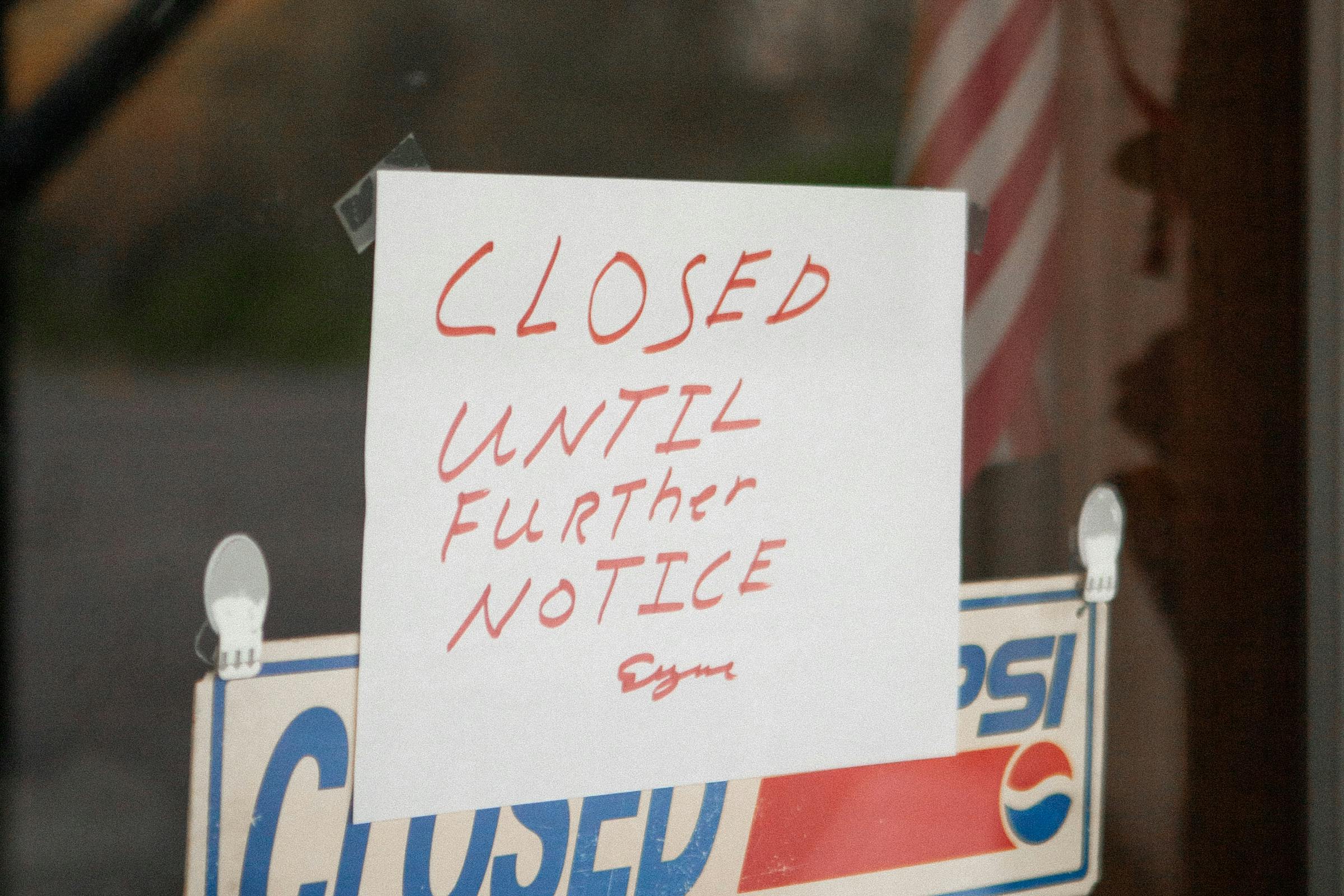Doing so means the employer is “H-1B dependent,” and they must prove that this practice isn’t outsourcing jobs to foreign labor rather than giving them to qualified American citizens. In some situations, it’s a necessary part of the company’s practices, but H-1 B-dependent employers have challenges to overcome if they choose to go this route.
What Does an H-1B-Dependent Employer Look Like?
Hiring an H-B visa employer is standard practice for US employers throughout the country. But when the employer reaches the H-1B dependent category, there are consequences.
H-1B-dependent employers fit one of these three descriptions:
● They have 25 or fewer full-time employees, and more than 7 are working under an H-1B visa.
● They have 26-50 full-time employees and more than 12 work under an H-1B visa.
● They have more than 50 full-time employees, and 15% or more are employed under an H-1B visa.
Most H-1B-dependent employers fall into this category because there aren’t enough skilled workers in the US to fill the roles. However, these employers must verify that they depend on foreign professionals when filing a Labor Condition Application (LCA) alongside the potential new employer’s petition or extension request.
H-1B dependent filing fees are more expensive, as well. Public Law 114-113 (Consolidated Appropriations Act) requires employers with over 50 employees on H-1B status to pay a $4,000 fee to the Department of Homeland Security. This hefty fee ensures employers don’t try to take advantage of the H-1B system.
Limitations and Stipulations for H-1B Dependency
If an employer is willing to pay the additional fee on top of all the filing fees to petition an H-1B worker, they likely need them. Still, there are more hurdles to jump to prove that the jobs aren’t preventing American workers from employment.
H-1B-dependent employers must demonstrate that their practices don’t affect the US wage and condition of their workforce or any other employer. They can’t substitute a foreign professional with a US worker 90 days before the filing date of the H-1B petition or 90 days after the filing date.
Additionally, employers can’t give an H-1B employee a job with a different company. This would technically be classified as displacing a US worker, which is forbidden.
Full-time employees work at least 40 hours a week (although this can include those who work 35-40 hours if it’s the normal standard in the business). Any employees who work less than 35 hours count as half of a full-time worker. Note: H-1B employees from Chile and Singapore and E-3 employees from Australia do not count against the employer’s H-1B dependency.
Employers should attempt to find a US worker through as many avenues as possible before becoming H-1B dependent. They can use a recruiter, advertising, conventions, and other methods and will need to show that they’ve gone this route unsuccessfully.
Any employer concerned with falling over the line and becoming H-1B dependent should contact an immigration attorney before hiring anyone else.
Showing Dependent Status
An employer who qualifies as H-1-dependent must show this on the ETA-9035 when filing an LCA by checking the box that says “H-1B Dependent. They must then indicate that they are seeking only exempt H-1B nonimmigrants.
Dependent employers must also indicate this status when they file petitions for nonimmigrants and request extensions for current H-1B visa employee holders.
What’s Next?
If you are unsure as to whether your company qualifies as H-1B-dependent, the “snapshot test” can help. This tool is a formula that calculates your overall employees compared to your H-1B workers.
If the percentage of H-1B workers to the whole employee count is greater than 15%, you may be H-1B dependent. Contact Visa2US to see what your next steps must be. Our expert staff can help prevent the extra hassle and expense that comes with the H-1B-dependent designation.














